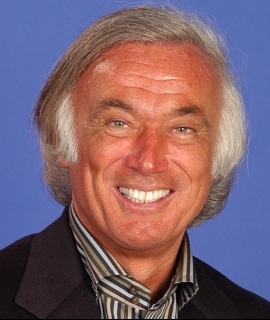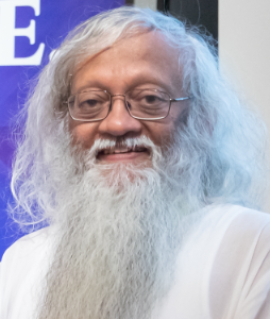10th Edition of International Conference on
Reflexology
Reflexology is an ancient healing practice that has been used for thousands of years in traditional medicine. It is based on the notion that certain points on the feet, hands, ears, and other parts of the body have a direct connection to other areas and systems in the body. Stimulation of these points can help to promote overall relaxation and encourage the body's natural healing process. Reflexology is a holistic approach to healing the body, emphasizing the principle of balance between mind, body, and spirit. It works on the theory that the body has an invisible energy system of pathways—mapped to specific muscles, organs, and glands—which can be accessed through specific points on the feet, hands, and ears. Stimulation of these points releases tension, improves circulation, and promotes relaxation. Reflexology sessions typically involve the practitioner applying pressure to the points on the feet, hands, and ears. As the individual relaxes, their body begins to relax as well, allowing the energy to move freely throughout the body. During a session, the practitioner may use their thumbs, fingers, knuckles, or special tools to apply pressure to the body’s reflex points. The benefits of reflexology are numerous. It has been known to reduce stress, help with insomnia, reduce pain, and bring relief to many bodily systems, including the circulatory, skeletal, and digestive systems. It can also promote mental clarity, dispel fatigue, and enhance vitality. Reflexology is a safe, non-invasive therapy and can be used as a preventive measure or to support conventional medical treatments. It is not intended to replace traditional medicine, but rather to complement it. People of all ages can benefit from reflexology, and it is an excellent therapy for those who suffer from chronic conditions or illnesses.

Kenneth R Pelletier
University of California School of Medicine, United States
Marilyn Allen
American Acupuncture Council, United States


